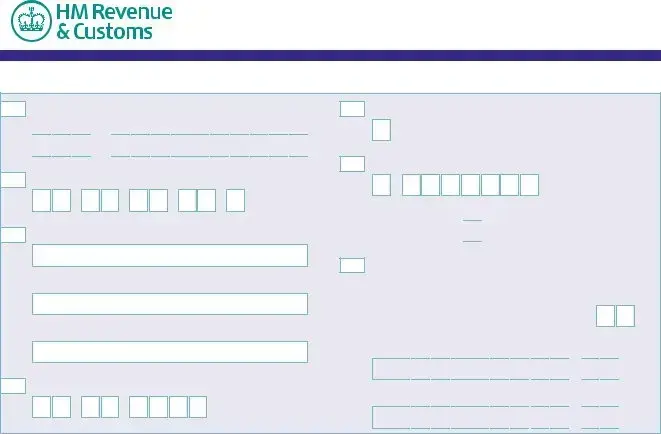What is a P45 form?
A P45 form is a document provided by an employer to an employee when they leave their job. It contains important information regarding the employee's salary and taxes paid during the fiscal year until their date of leaving. The form is divided into several parts, including details for HM Revenue & Customs (HMRC), the employee, and a new employer if the employee is changing jobs.
Who needs a P45 form?
Anyone who leaves a job during a tax year needs a P45 form. It is crucial for ensuring they pay the correct amount of tax for the year. It's also necessary for starting a new job, claiming unemployment benefits, or applying for a tax refund.
What information is included on a P45 form?
The P45 form includes the employee's National Insurance number, tax code, earnings, and the amount of tax paid in the tax year. It also records the last day of employment and whether the employee was in a pension scheme.
How is the P45 form used by a new employer?
A new employer uses the P45 to understand an employee's previous income and taxes paid, ensuring the new employee's tax code is correct. This prevents over- or under-paying tax in the new job.
What if an employee doesn't receive a P45 form?
If an employee doesn't receive a P45 after leaving a job, they should contact their former employer to request it. It's the employer's responsibility to provide the form promptly after the employment ends.
Is the P45 form the same in all UK regions?
Yes, the P45 form is standardized across the UK, including England, Scotland, Wales, and Northern Ireland, ensuring consistency in how employment and tax details are reported to HMRC.
Can an employee get a replacement P45 form?
Employers do not issue replacement P45 forms. If the form is lost, an employee cannot get a new one. However, the information can be provided to a new employer or the tax authority in other formats if necessary.
How does a P45 form affect tax returns?
The information on a P45 helps in completing a self-assessment tax return if the employee needs to file one. It shows the total earnings and tax paid, which are crucial for accurate tax calculation.
What should an employee do with their P45 form when they stop working?
An employee should keep part of the P45 safe for their records. This part is necessary for completing a tax return or providing information to a new employer. They should also ensure they follow the instructions provided for parts 2 and 3 if they're starting a new job or claiming benefits.









 /
/ 







































 •
• 





















 •
• 









 /
/ 







































 •
• 


